Other news
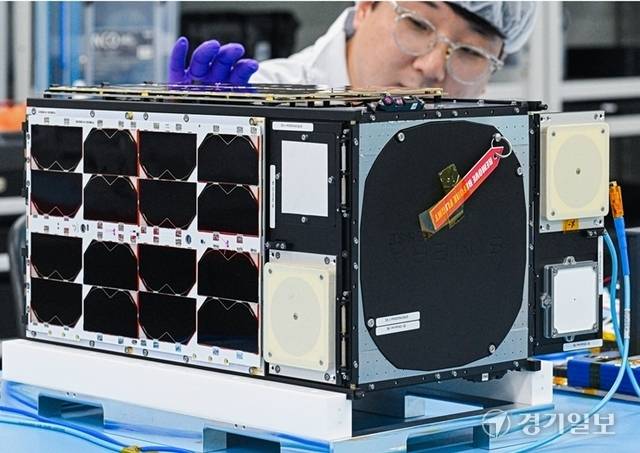
Case Study - GYEONGGISat-1: Enabling Climate Intelligence From Space
Read more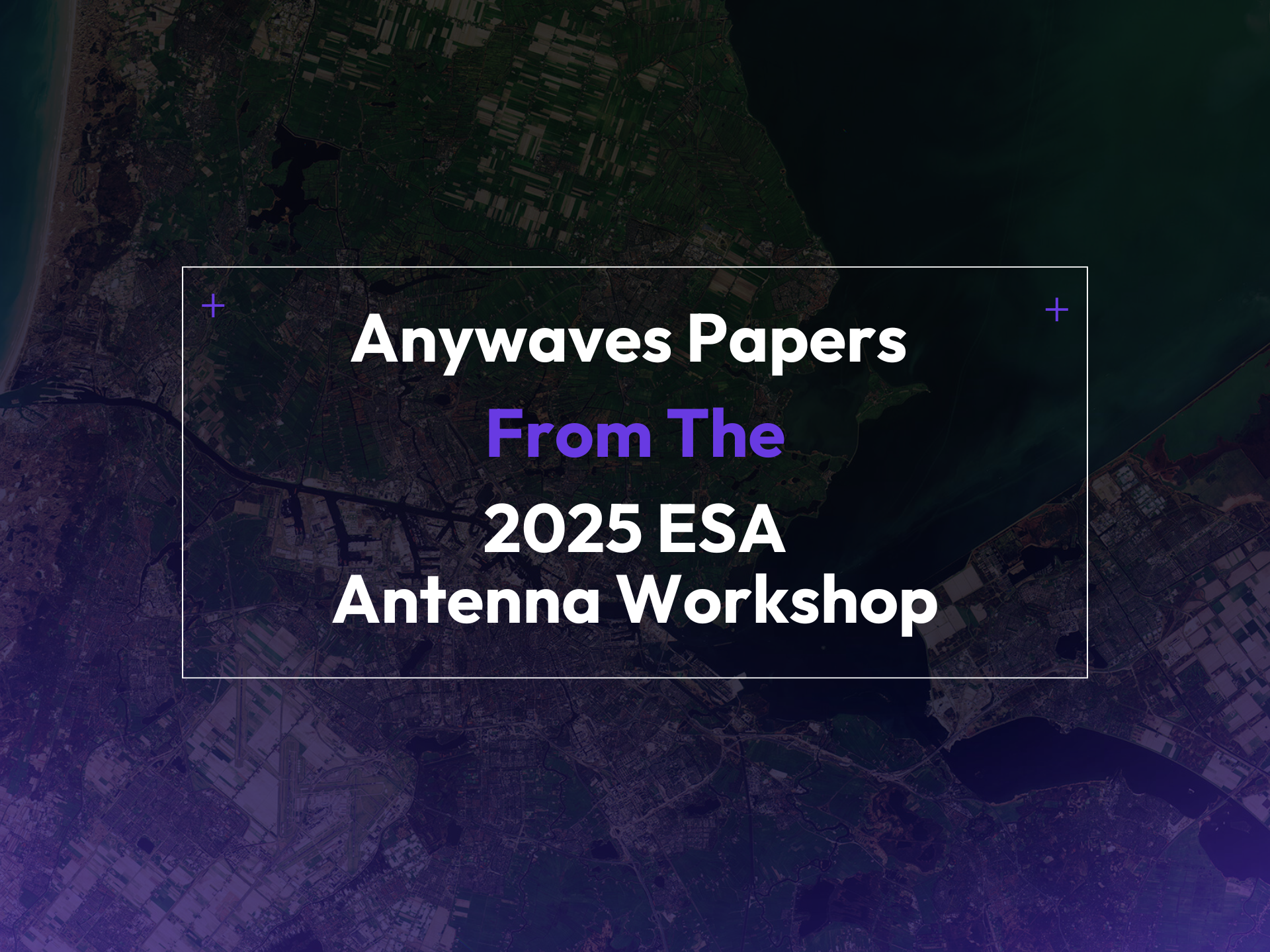
2025 ESA Antenna Workshop: Ka-Band TT&C and X-Band Active Antenna Breakthroughs
Read more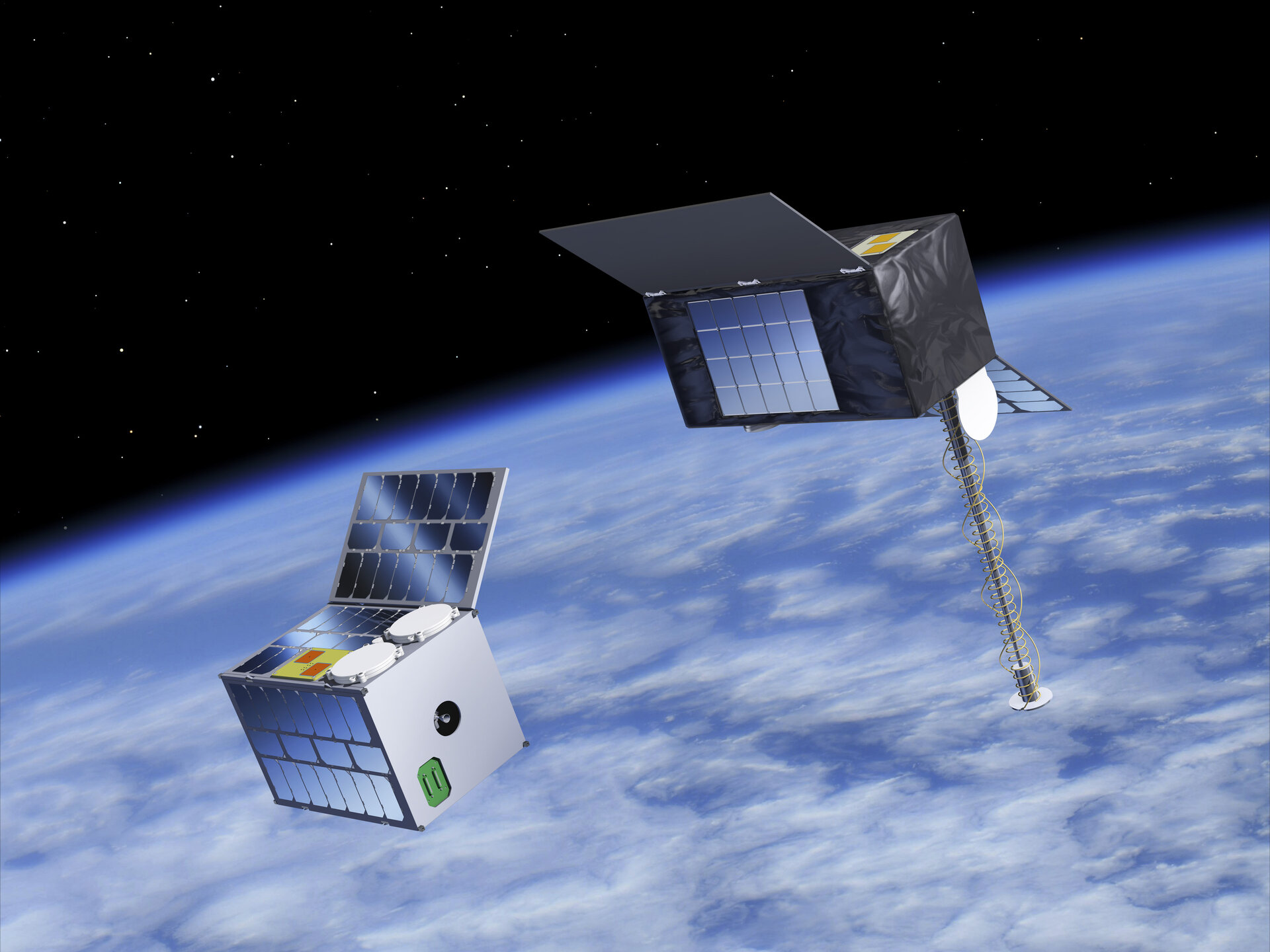
Radiofrequencies are the lifeblood of space systems. From satellite navigation to broadband communications, Earth observation downlinks to defense operations, every mission depends on clean, reliable access to the electromagnetic spectrum. But as demand grows and the number of satellites multiplies, so do the risks: congestion, unintentional interference, and even deliberate jamming.
This is where spectrum monitoring comes in. By detecting, analyzing, and geolocating signals across multiple frequency bands, spectrum monitoring ensures that critical services remain available and secure. It is as much about protecting billion-euro infrastructures as it is about guaranteeing safety for aviation, maritime, and defense users worldwide.
This rising challenge is mirrored by the market itself: the global satellite spectrum monitoring sector is projected to reach USD 5.9 billion by 2030, up from USD 3.8 billion in 2024 — a CAGR of nearly 8% (source: PS Market Research). That growth reflects just how critical spectrum monitoring has become for operators, agencies, and defense stakeholders.
In this article, we will explore spectrum monitoring from all angles: what it is and why it matters, how it has evolved historically, how satellites perform it today, and why antennas remain the decisive factor in mission success.
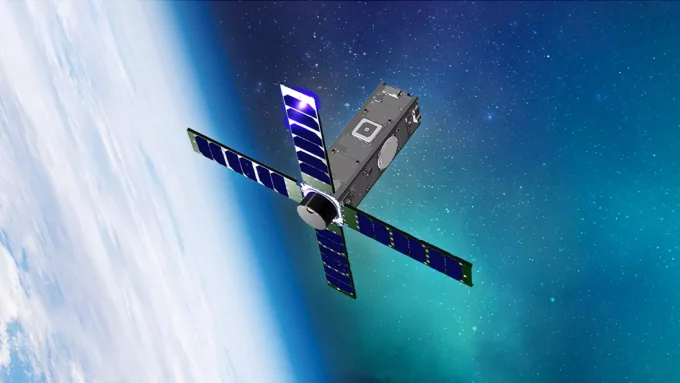
Artist’s view of the N3SS nanosatellite, dedicated to spectrum monitoring © CNES
At its core, spectrum monitoring is the systematic observation, measurement, and analysis of radiofrequency (RF) signals across designated bands. It’s about making sure that everyone using the spectrum, whether it’s satellites, ground stations, aircraft, or defense systems, respects their allocated frequency slots and does not interfere with others.
But let’s peel back the layers.
When we say “monitoring,” we don’t just mean listening. We’re talking about:
In practice, this means spectrum monitoring payloads combine wideband, high-gain antennas, ultra-low-noise RF chains, and powerful onboard digital processing units to extract and classify signals even in cluttered environments.
The International Telecommunication Union (ITU) and national frequency agencies set the Radio Regulations that govern spectrum use. But having rules isn’t enough as you often need verification. Spectrum monitoring provides the evidence to:
Without monitoring, spectrum management would be like issuing traffic laws with no police on the roads.
In space, the stakes are even higher than on Earth:
Now that we’ve laid out the fundamentals – what spectrum monitoring is, why it matters, and how high the stakes are- you might be wondering: how did we even get here? The need to keep our airwaves clean didn’t just appear with satellites and smartphones. Spectrum monitoring has its own fascinating history, born in the early days of wireless communication and then shaped by wars and technology booms.
Spectrum monitoring didn’t appear out of nowhere. It has evolved in lockstep with our increasing dependence on radiofrequencies, moving from bulky terrestrial stations to agile nanosatellites orbiting the Earth.
As soon as wireless communications took off in the early 1900s, so did the need to control and regulate spectrum use. Early monitoring efforts were simple: engineers with rudimentary receivers scanning for unauthorized transmissions, often linked to maritime safety (avoiding interference with distress signals).
By the 1930s, governments began setting up fixed monitoring stations equipped with large directional antennas. Their job? Keep an ear on the airwaves and ensure compliance with the first international agreements on frequency allocation.
World War II and the Cold War gave spectrum monitoring a decisive military role.
Spectrum monitoring thus expanded from civilian spectrum management into the realm of national security and intelligence.
By the late 20th century, a new challenge emerged: the civilian spectrum boom.
Spectrum monitoring became a matter of economic protection: ensuring that operators who paid millions (or billions) for spectrum licenses weren’t disrupted by rogue users.
Until the 1990s, most monitoring was ground-based, with occasional airborne or space-based systems for intelligence purposes. But things changed rapidly in the 2000s:
Today, nanosatellites like N3SS are pushing the field further: compact, cost-effective, and deployable in constellations, they make spectrum monitoring accessible beyond just superpowers.
If history teaches us one thing, it’s that spectrum monitoring evolves whenever spectrum demand outpaces regulation. With the rise of mega-constellations, IoT satellites, and military competition in space, the next era of monitoring will require:
In short, spectrum monitoring has grown from analog receivers on Earth to digital payloads in orbit, and we’re only at the beginning of the next chapter.
But what actually happens inside those satellites above us? How do they transform faint, noisy signals into actionable intelligence? To answer that, we need to peek under the hood of a spectrum monitoring mission.
Let’s get practical: what really happens when a satellite is tasked with spectrum monitoring? At its core, it’s a sequence of steps: capture, process, analyze, and locate signals. And every stage depends on one thing first: the antennas.
You can’t monitor what you can’t detect. This is where antennas take center stage.
Once the antenna collects the RF energy, it’s sent into the RF front-end: filters, low-noise amplifiers (LNAs), mixers, and downconverters. This stage ensures that only the relevant frequencies reach the digital brain of the satellite.
On-board digital signal processing (DSP) then analyzes the spectrum in real time:
Detection is useful, but knowing where the interference comes from is gold. This is done with techniques like:
With a constellation, these methods enable geolocation of interference sources down to a few kilometers, whether it’s a rogue ground station, a malfunctioning uplink, or a deliberate jammer.
Of course, theory is one thing and real missions are another. Spectrum monitoring may sound abstract until you see how it works in practice. Luckily, several satellites are already up there doing exactly this, from compact CubeSats to larger operational platforms. Let’s zoom in on one illustrative example close to our hearts.
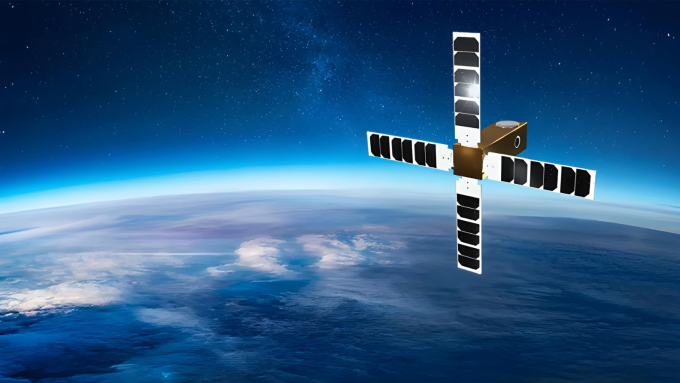
Artist’s view of the N3SS nanosatellite, dedicated to spectrum monitoring © CNES
One of the most illustrative recent missions is N3SS (Nanosat 3U for Spectrum Surveillance), launched on a Vega rocket (VV23) from French Guiana on October 9, 2023.
Despite its compact 3U CubeSat form factor (just 30 cm tall and under 5 kg), N3SS was designed with a very ambitious goal: to detect, characterize, and geolocate interference across the civilian RF spectrum, particularly in L-band and S-band—frequencies critical for GNSS, radar, and telecommunications.
The project brings together several key players:
Together, these elements allow N3SS to perform spectrum monitoring tasks that, until recently, were the exclusive domain of much larger and more expensive spacecraft. It is both an operational demonstrator and a proof of concept for the future of low-cost, high-performance spectrum surveillance in orbit.
But here’s the catch: none of these missions would work without one key element : the antennas. They’re not just another subsystem bolted onto the spacecraft; they define the mission’s success. Whether it’s detecting a pirate uplink, tracking down a jammer, or protecting GNSS signals, the antenna is the very first gatekeeper.
So why do antennas deserve their own spotlight? Because they are the gateway. Without them:
Antenna design dictates the very performance envelope of a spectrum monitoring mission. A poorly matched or narrow-band antenna can make the difference between detecting a jammer at 1,000 km away or missing it entirely.
That’s why advanced missions don’t just need an antenna. They need:
In short, the antenna is the mission’s first and most crucial sensor. It sets the limits of what’s possible. Everything else- DSP, geolocation, RF conditioning – is only as good as the signal the antenna delivers.
Spectrum monitoring may not be as flashy as rocket launches or Mars rovers, but without it, the entire space ecosystem would be fragile. It’s the quiet work of keeping our invisible highways safe, efficient, and reliable. And in that mission, antennas aren’t just hardware : they’re the senses of satellites, the first point of contact with the RF environment, and the defining factor in whether a mission succeeds or fails.
From its early roots in ground stations to nanosatellites like N3SS, spectrum monitoring has become indispensable in ensuring that navigation remains accurate, communications stay secure, and space remains usable for all. As mega-constellations, IoT satellites, and new military challenges reshape the spectrum landscape, the need for advanced monitoring, and advanced antenna, will only grow stronger.
At Anywaves, we address this challenge with our dedicated spectrum monitoring antennas, engineered for wideband performance, tailored beam patterns, and space-qualified resilience. If you are developing a mission that requires spectrum surveillance capabilities, we’d be glad to discuss how our solutions can support your needs.



If you have any question, we would be happy to help you out.